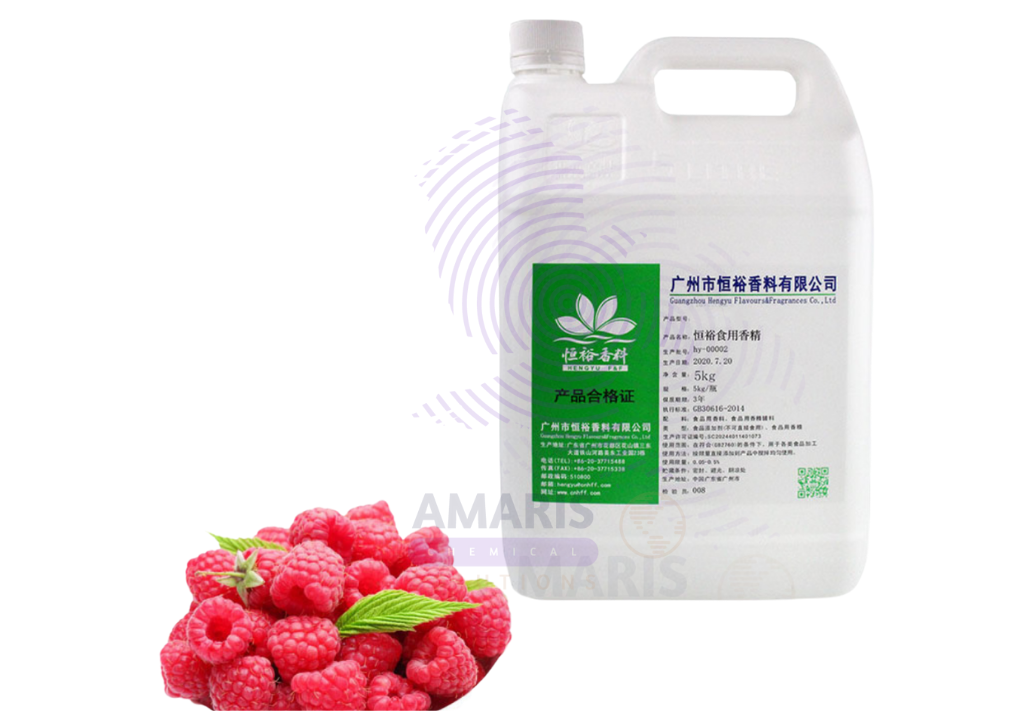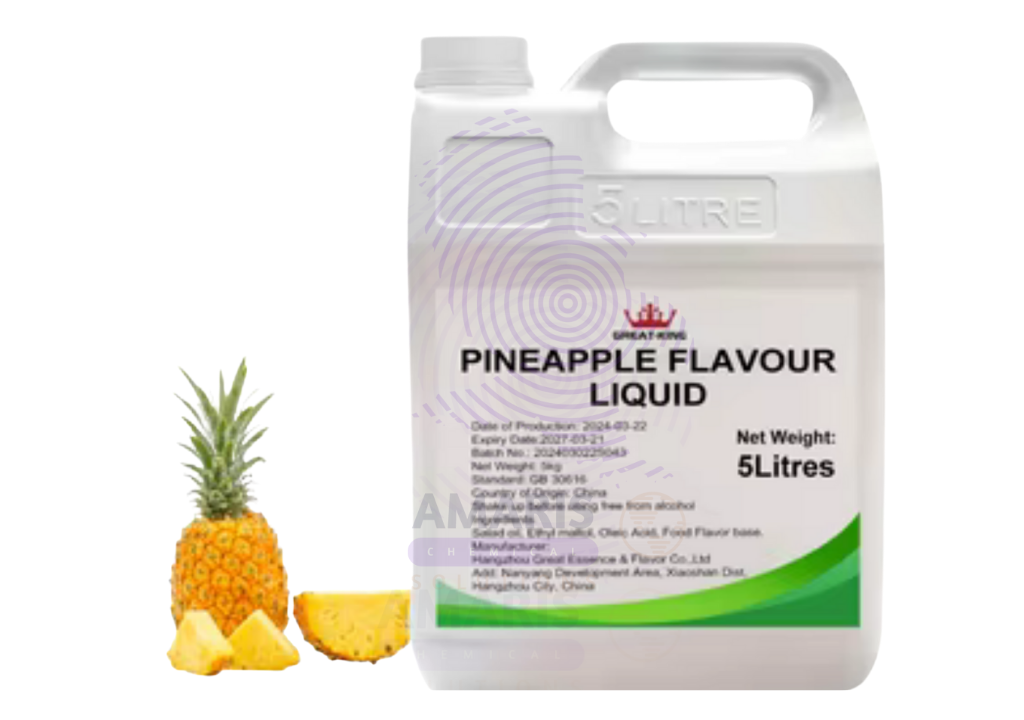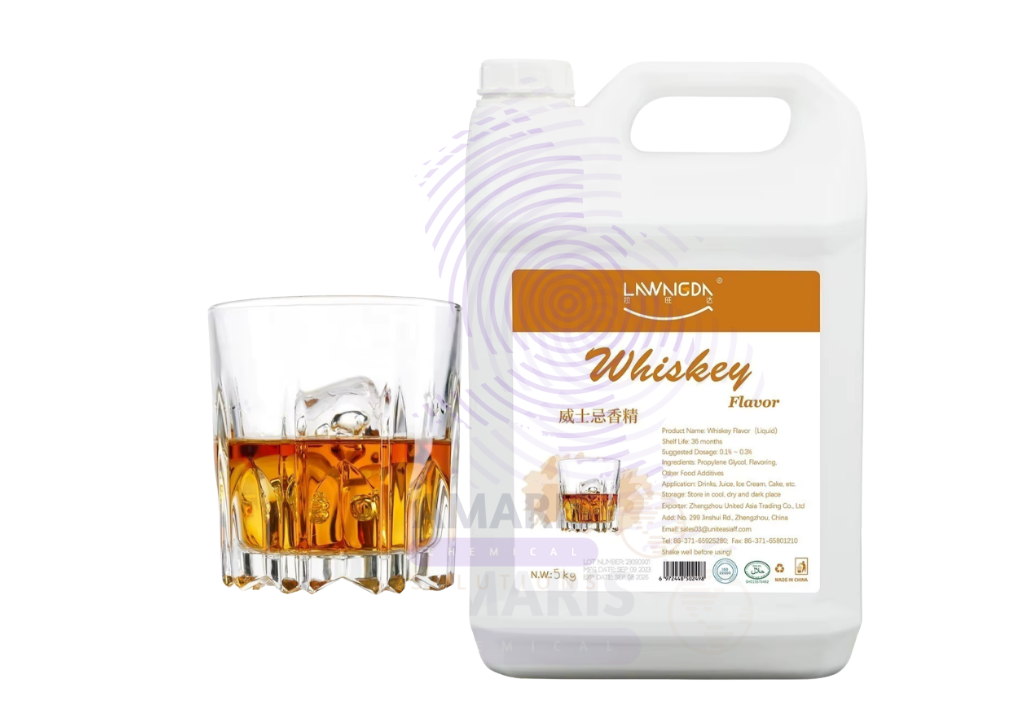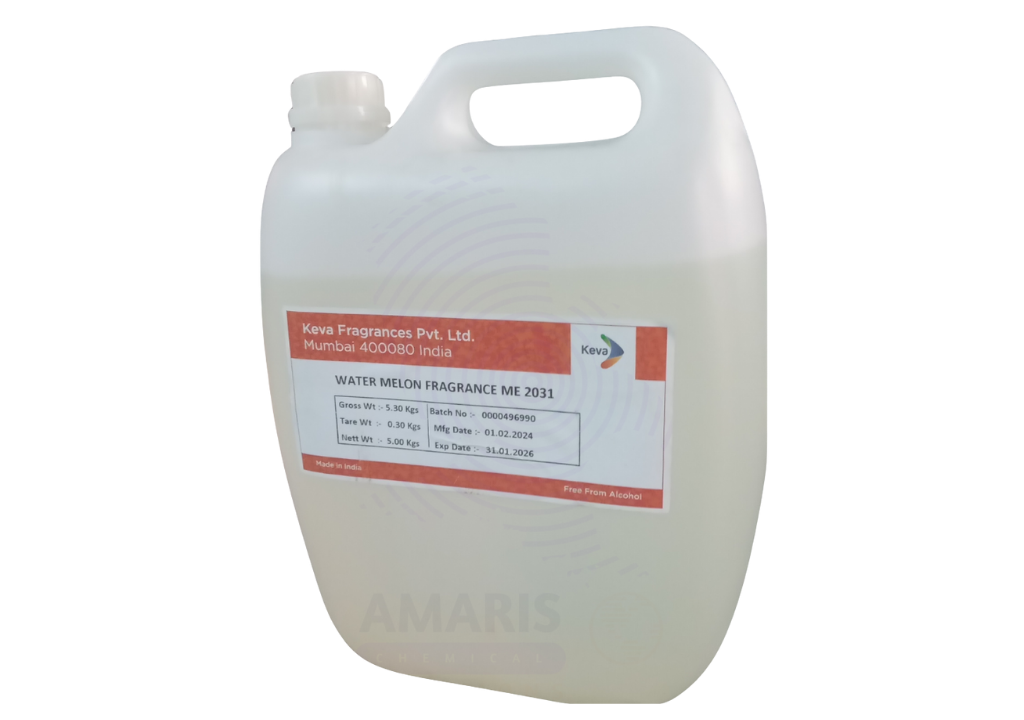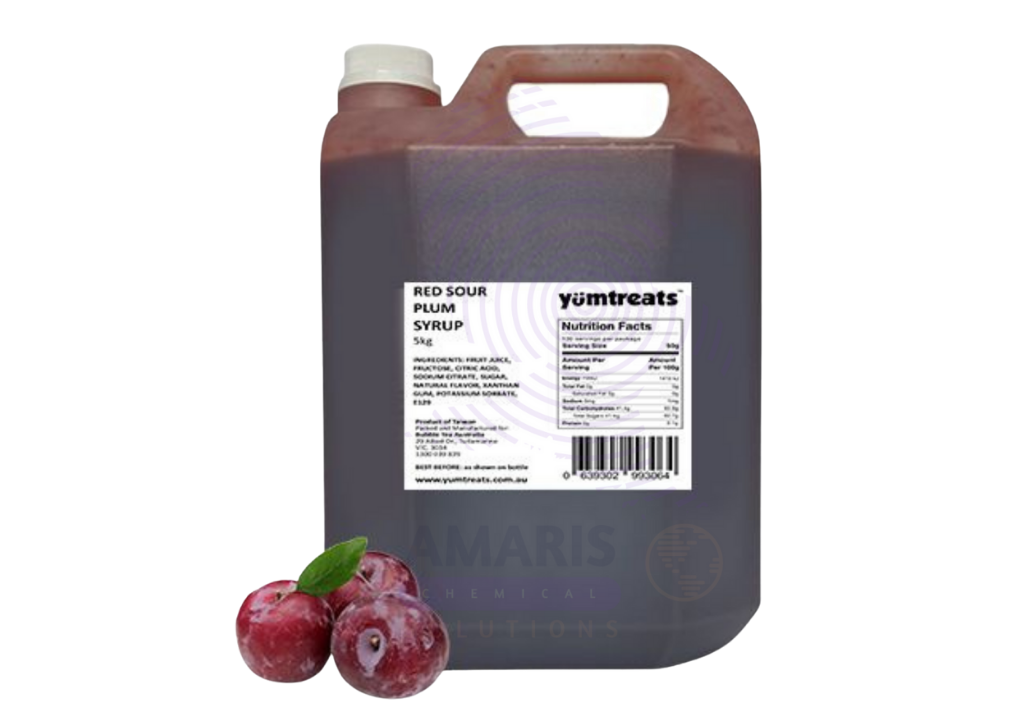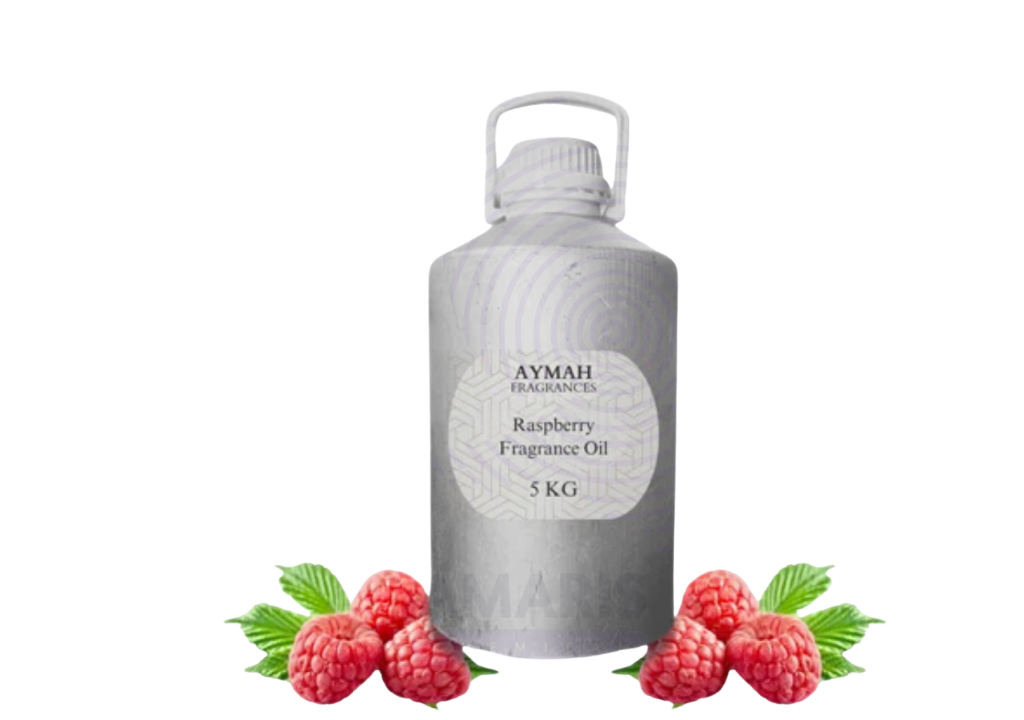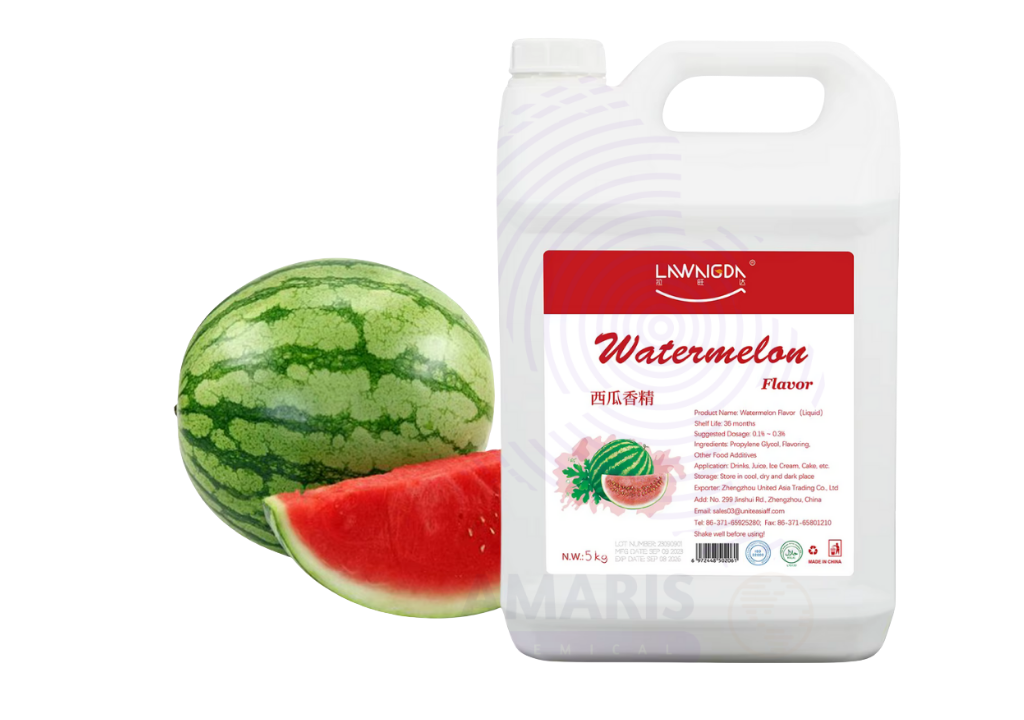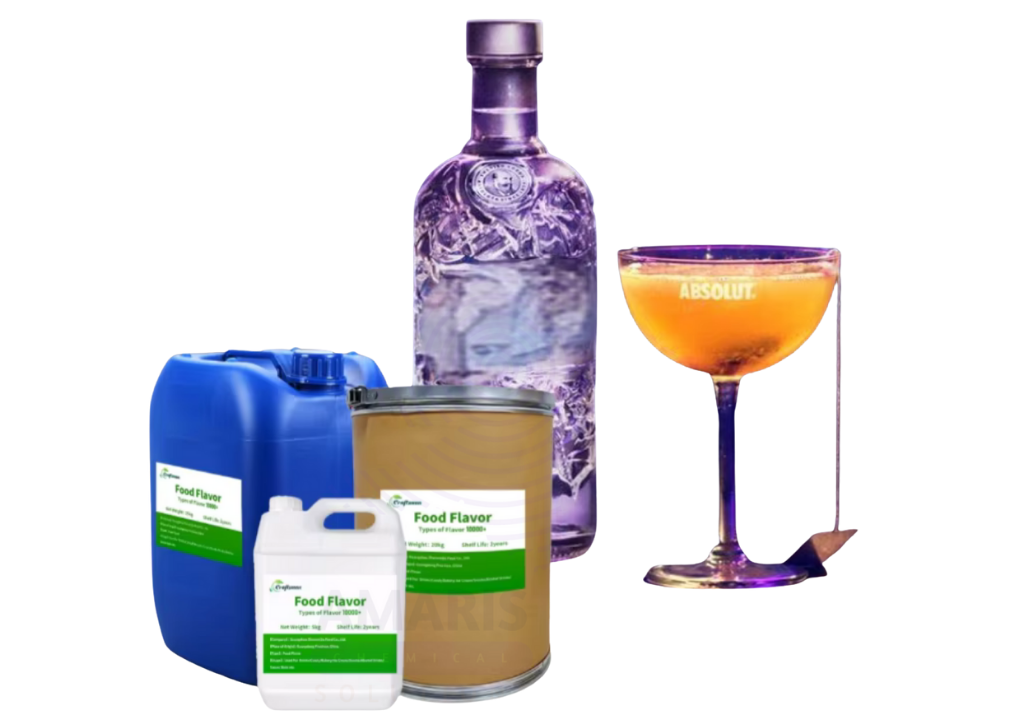Nitric Acid: The Powerful Engine Behind Industrial Chemistry ⚗️🌍
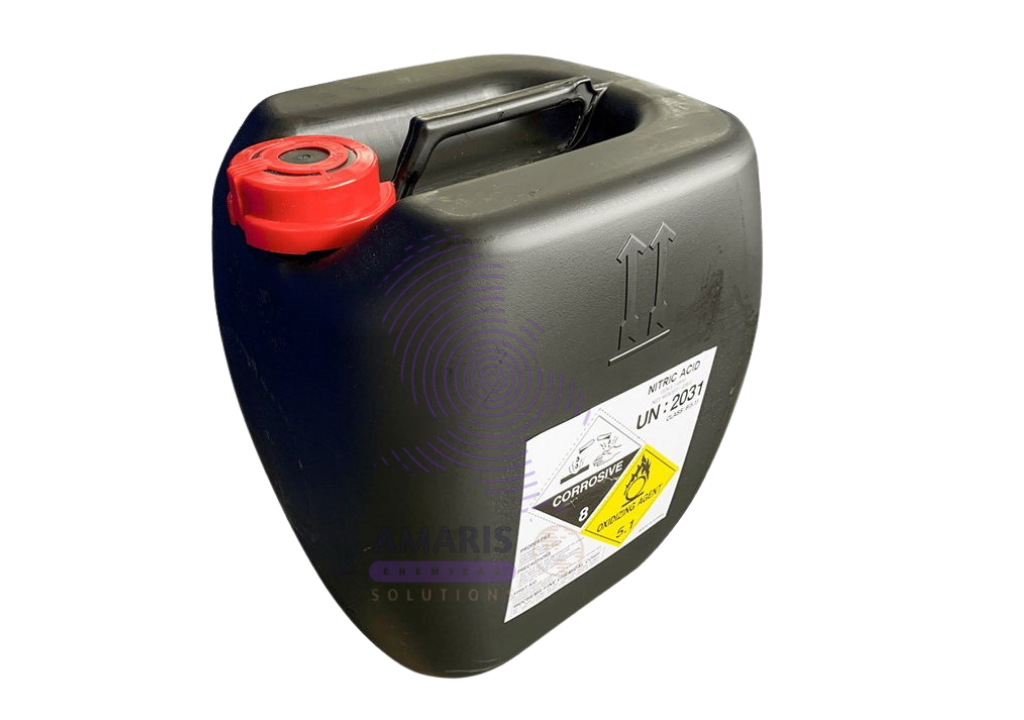
Few chemicals are as influential in modern industry as Nitric Acid (HNO₃) — a strong, highly reactive acid that plays a vital role in chemical manufacturing, agriculture, metallurgy, and laboratory analysis. Its ability to dissolve metals, produce fertilizers, and synthesize explosives makes it one of the most indispensable acids in industrial chemistry.
At Amaris Chemical Solutions, we supply high-purity Nitric Acid ideal for laboratory use, chemical processing, and various industrial applications — where precision and performance truly matter. 💧⚙️
🧪 What is Nitric Acid?
Nitric Acid is a colorless to pale yellow fuming liquid with a sharp, suffocating odor. It is a highly corrosive mineral acid composed of hydrogen, nitrogen, and oxygen. When pure, it is colorless, but over time, it can acquire a yellowish tint due to decomposition into nitrogen oxides.
🔬 Basic Chemical Properties:
- Chemical Formula: HNO₃
- Molecular Weight: 63.01 g/mol
- Boiling Point: 83°C
- Density: 1.51 g/cm³
- Appearance: Colorless or yellow liquid with strong pungent odor
- Solubility: Fully miscible with water
⚙️ Major Industrial and Laboratory Applications
1. Fertilizer Production 🌾
Nitric Acid is a cornerstone in the manufacture of nitrogen-based fertilizers, especially ammonium nitrate, which is widely used in agriculture. This reaction ensures that crops get essential nitrogen nutrients, boosting soil fertility and crop yield.
2. Explosives Manufacturing 💥
It serves as a key reactant in producing explosives such as TNT (trinitrotoluene), nitroglycerin, and RDX. In this role, Nitric Acid acts as a nitrating agent, introducing nitro groups into organic compounds — a fundamental step in explosives chemistry.
3. Metal Processing & Refining 🧲
In metallurgy, Nitric Acid is used for:
- Etching metals such as copper and steel.
- Cleaning and pickling stainless steel surfaces.
- Dissolving noble metals like silver during refining.
This ability to react with metals makes it invaluable in electroplating, jewelry cleaning, and industrial maintenance.
4. Laboratory Use 🧫
In analytical chemistry, Nitric Acid is essential for:
- Preparing nitrate salts and analytical reagents.
- Digestion of samples before elemental analysis (especially in spectroscopy).
- Serving as a strong oxidizing agent in redox titrations.
5. Production of Dyes, Drugs & Chemicals 🎨💊
Nitric Acid also plays a crucial role in producing:
- Azo and nitro dyes used in textiles and inks.
- Pharmaceutical intermediates and specialty chemicals.
- Nitrated organic compounds for perfumes and synthetic fibers.
⚠️ Safety and Handling Precautions
Nitric Acid is extremely corrosive and must be handled with great care. Contact with skin or eyes can cause severe burns. It also reacts violently with many organic materials and metals.
🧤 Personal Protective Equipment (PPE):
- Acid-resistant gloves
- Face shield or safety goggles
- Chemical apron and lab coat
- Respirator mask in poorly ventilated areas
🚫 Hazard Warnings:
- Corrosive: Causes severe burns on contact.
- Oxidizing: Can intensify fires if it reacts with combustible materials.
- Reacts dangerously with reducing agents and metals.
🧯 First Aid & Fire Measures:
- Skin Contact: Rinse immediately with plenty of water for at least 15 minutes.
- Eye Contact: Flush thoroughly with water and seek medical attention.
- Inhalation: Move the affected person to fresh air immediately.
- Fire Response: Use water spray or fog; avoid dry chemical extinguishers that may react.
🧳 Storage Guidelines
- Store in a cool, dry, well-ventilated area away from direct sunlight.
- Keep in acid-resistant containers made of glass or special plastic.
- Separate from organic compounds, bases, and flammable materials.
- Ensure proper labeling and secure caps to avoid vapor release.
🌿 Environmental and Industrial Impact
Nitric Acid is both a powerful industrial enabler and an environmental concern. Uncontrolled emissions can contribute to acid rain and atmospheric pollution, which is why strict environmental management systems are required for its production and disposal.
Modern industries now emphasize sustainable nitrogen recovery and waste neutralization processes, ensuring safety for both workers and the environment. 🌎
💡 Did You Know?
🔹 The word nitric originates from nitre, an old term for potassium nitrate (saltpeter).
🔹 Nitric Acid naturally occurs in the atmosphere during lightning storms — formed by the reaction of nitrogen and oxygen.
🔹 It was historically known as aqua fortis or “strong water,” prized by early alchemists for its ability to dissolve silver and copper.
🧠 Conclusion
From the fertilizer that feeds global agriculture to the precision acid that powers chemical synthesis, Nitric Acid is truly the engine of industrial chemistry. Its versatility, strength, and reactivity continue to shape the chemical landscape across multiple sectors.
High-purity Nitric Acid from Amaris Chemical Solutions ensures safety, consistency, and reliability — supporting innovation, research, and production across industries. ⚗️💪


 Preservatives(food)
Preservatives(food) Flavor Enhancers
Flavor Enhancers Acidulants
Acidulants Sweeteners
Sweeteners Antioxidants
Antioxidants Colorants(food)
Colorants(food) Nutraceutical Ingredients (food)
Nutraceutical Ingredients (food) Nutrient Supplements
Nutrient Supplements Emulsifiers
Emulsifiers
 Collectors
Collectors Dust Suppressants
Dust Suppressants Explosives and Blasting Agents
Explosives and Blasting Agents Flocculants and Coagulants
Flocculants and Coagulants Frothers
Frothers Leaching Agents
Leaching Agents pH Modifiers
pH Modifiers Precious Metal Extraction Agents
Precious Metal Extraction Agents
 Antioxidants(plastic)
Antioxidants(plastic) Colorants (Pigments, Dyes)
Colorants (Pigments, Dyes) Fillers and Reinforcements
Fillers and Reinforcements Flame Retardants
Flame Retardants Monomers
Monomers Plasticizers
Plasticizers Polymerization Initiators
Polymerization Initiators Stabilizers (UV, Heat)
Stabilizers (UV, Heat)
 Antifoaming Agents
Antifoaming Agents Chelating Agents
Chelating Agents Coagulants and Flocculants
Coagulants and Flocculants Corrosion Inhibitors
Corrosion Inhibitors Disinfectants and Biocides
Disinfectants and Biocides Oxidizing Agents
Oxidizing Agents pH Adjusters
pH Adjusters Scale Inhibitors( water)
Scale Inhibitors( water)
 Antioxidants(cosmetic)
Antioxidants(cosmetic) Emollients
Emollients Fragrances and Essential Oils
Fragrances and Essential Oils Humectants
Humectants Preservatives
Preservatives Surfactants(cosmetic)
Surfactants(cosmetic) Thickeners
Thickeners UV Filters
UV Filters
 Fertilizers
Fertilizers Soil Conditioners
Soil Conditioners Plant Growth Regulators
Plant Growth Regulators Animal Feed Additives
Animal Feed Additives Biostimulants
Biostimulants Pesticides (Herbicides, Insecticides, Fungicides)
Pesticides (Herbicides, Insecticides, Fungicides)
 Active Pharmaceutical Ingredients (APIs)
Active Pharmaceutical Ingredients (APIs) Excipients
Excipients Solvents(pharmaceutical)
Solvents(pharmaceutical) Antibiotics
Antibiotics Antiseptics and Disinfectants
Antiseptics and Disinfectants Vaccine Adjuvants
Vaccine Adjuvants Nutraceutical Ingredients (pharmaceutical)
Nutraceutical Ingredients (pharmaceutical) Analgesics & Antipyretics
Analgesics & Antipyretics
 Analytical Reagents
Analytical Reagents Solvents(lab)
Solvents(lab) Chromatography Chemicals
Chromatography Chemicals Spectroscopy Reagents
Spectroscopy Reagents microbiology-and-cell-culture-reagents
microbiology-and-cell-culture-reagents Molecular Biology Reagents
Molecular Biology Reagents Biochemical Reagents
Biochemical Reagents Inorganic and Organic Standards
Inorganic and Organic Standards Laboratory Safety Chemicals
Laboratory Safety Chemicals Specialty Laboratory Chemicals(Special Laboratory Equipment)
Specialty Laboratory Chemicals(Special Laboratory Equipment)
 Demulsifiers
Demulsifiers Hydraulic Fracturing Fluids
Hydraulic Fracturing Fluids Scale Inhibitors(oil)
Scale Inhibitors(oil) Surfactants(oil)
Surfactants(oil) Drilling Fluids
Drilling Fluids
 Dyes and Pigments
Dyes and Pigments Bleaching Agents
Bleaching Agents Softening Agents
Softening Agents Finishing Agents
Finishing Agents Antistatic Agents
Antistatic Agents
 Admixtures
Admixtures Waterproofing Agents
Waterproofing Agents Sealants and Adhesives
Sealants and Adhesives Curing Compounds
Curing Compounds Concrete Repair Chemicals
Concrete Repair Chemicals Anti-Corrosion Coatings
Anti-Corrosion Coatings
 Surfactants(cleaning)
Surfactants(cleaning) Builders
Builders Enzymes
Enzymes Solvents (Cleaning)
Solvents (Cleaning) Fragrances
Fragrances
 Electronic Chemicals
Electronic Chemicals Catalysts
Catalysts Lubricants
Lubricants Photographic Chemicals
Photographic Chemicals Refrigerants
Refrigerants Automotive chemicals
Automotive chemicals Pyrotechnic Chemicals
Pyrotechnic Chemicals
 Biodegradable Surfactants
Biodegradable Surfactants Bio-based Solvents
Bio-based Solvents Renewable Polymers
Renewable Polymers Carbon Capture Chemicals
Carbon Capture Chemicals Wastewater Treatment Chemicals
Wastewater Treatment Chemicals
 Pigments
Pigments Solvents(paint)
Solvents(paint) Specialty Coatings
Specialty Coatings Binders/Resins
Binders/Resins Additives
Additives Driers
Driers Anti-Corrosion Agents
Anti-Corrosion Agents Functional Coatings
Functional Coatings Application-Specific Coatings
Application-Specific Coatings
 Fresh Herbs
Fresh Herbs Ground Spices
Ground Spices Whole Spices
Whole Spices Spice Blends
Spice Blends Dried Herbs
Dried Herbs
 Leavening Agents
Leavening Agents Dough Conditioners
Dough Conditioners Flour Treatments
Flour Treatments Fat Replacers
Fat Replacers Decoratives
Decoratives Preservatives(baking)
Preservatives(baking)
 Plasticizers & Softeners
Plasticizers & Softeners Reinforcing Agents
Reinforcing Agents Adhesion Promoters
Adhesion Promoters Vulcanizing Agents
Vulcanizing Agents Antidegradants
Antidegradants Blowing Agents
Blowing Agents Fillers & Extenders
Fillers & Extenders Accelerators & Retarders
Accelerators & Retarders


